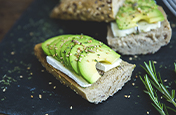The art of still life photography.
Explore the ins and outs of still life photography.
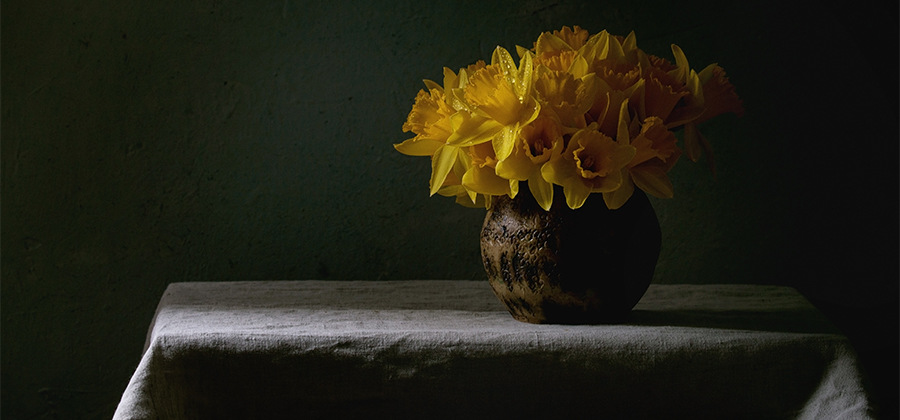
Throughout its long history, still life has taken many forms, from the decorative frescos of antiquity to the high art of the Renaissance. Traditionally, a still life is a collection of inanimate objects arranged as the subject of a composition. Nowadays, a still life can be anything from your latest Instagram latte art to a vase of tulips styled like a Dutch Golden Age painting.
Creating a beautiful and successful still life image is an impressive feat, but just as painting a bowl of fruit is a good introduction for new painters, still life photography is a wonderful training ground for new photographers. It gives you an opportunity to experiment with light, materials, textures and subjects in a controlled setting. Whatever your creative vision and artistic goals, still life is a great place to start.
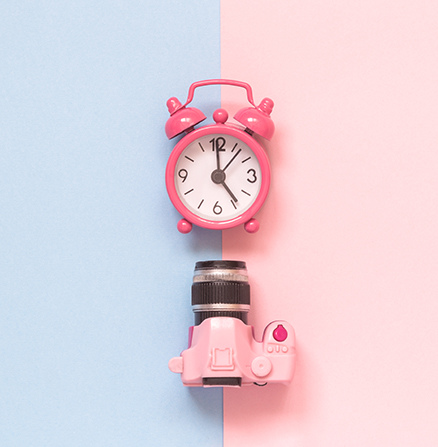

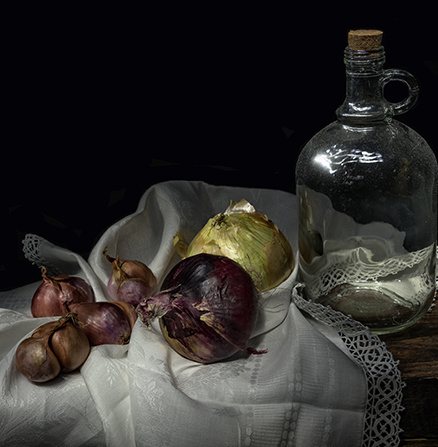
What makes successful still life photography.
Still life photography encompasses everything that is an inanimate subject in front of a camera. But a successful still life? That’s a little harder to classify. It all comes down to intent and context. Is your message conveyed? Is your composition strong and does it guide the viewer’s eye through the image? Does your still life convey a narrative? It’s by asking these deeper questions that we can understand whether a photograph is successful.
Still life photography is a learning opportunity.
When it comes to still life photography, “nothing is moving and you’re in complete control,” according to experienced photographer and teacher Ben Long. He continues, “It’s a fantastic challenge for your compositional skills because it’s entirely about form and a pleasing arrangement of forms within the frame. The image needs to be well balanced and have an interesting geometric play. Everything that you’re doing in the frame is guiding the viewer’s eye.”
Use still life photography as an opportunity to experiment with the following ideas:
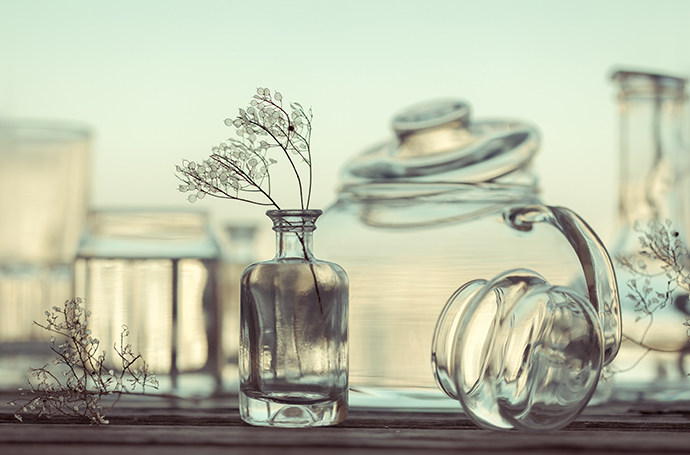
Composition. First, play with your composition and test different layouts and arrangements of your objects. Consider composition styles like the rule of thirds when composing your still life image. Tweak and adjust your layout as you go to refine your composition skills and identify what makes a photo pleasing.

Subject and materials. Compose your photo with diverse textures and materials. It doesn’t matter whether it’s a handful of random objects from your home or a curated collection of sterling silver candlesticks. Explore how shadows and light reflect off of various surfaces and see how it affects your final composition.

Different lighting. Experiment with different lighting, both in the studio and in natural light. Avoid shooting with the traditional overhead lights in your home, as light colours will mix and produce odd and unintentional shadows. Different light sources can subtly change the mood and atmosphere of an image.
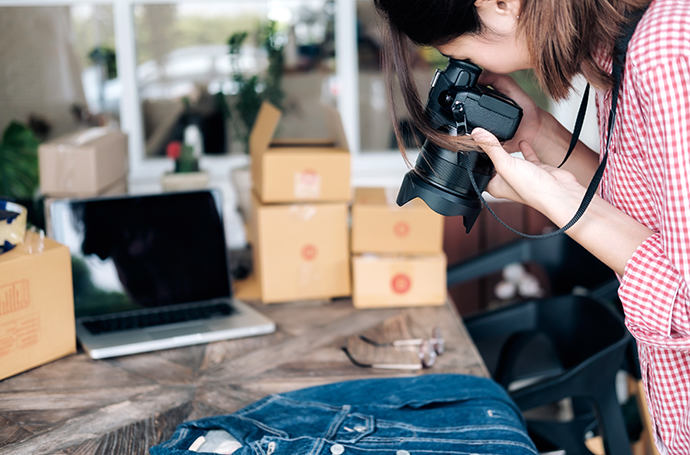
Camera angle. Try moving your camera as well and see how the composition changes. Shoot both with a tripod and with your camera in your hand. You might just find an even better angle of your subject than the one you had in mind. When shooting handheld, make sure your shutter speed is fast enough to avoid camera shake.
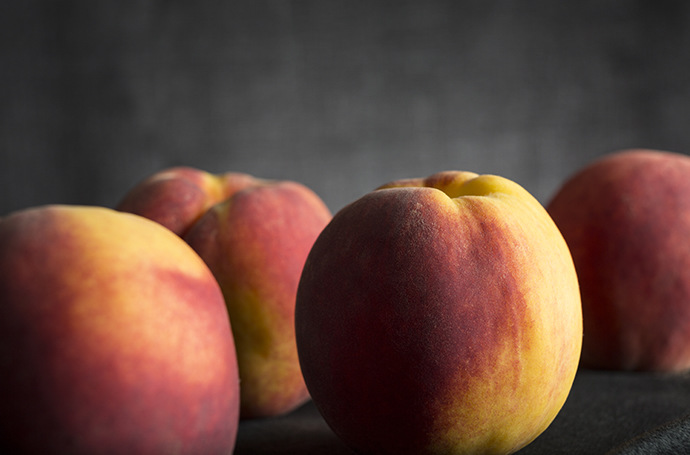
Focus and depth of field. Experiment with depth of field. Consider focal length and try using a prime lens or a zoom lens to mix things up. Focusing on one small point rather than having the entire frame in focus can change your composition dramatically. Many cameras are designed to focus on the human face, so try using manual focus instead.
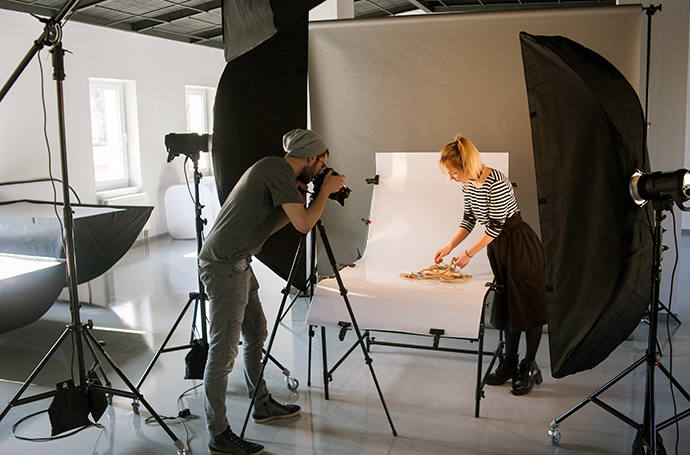
Add motion. While traditionally a still life is just that, “still,” you can add elements of motion to your still life photography. Reach your hand into the shot and move something mid-photo. Or slow down your shutter speed and catch motion blur with a spinning ballerina musical box. It’s up to you.
Still life photography isn’t just for beginners. It’s also a place for pros to test new ideas or hone their craft. For photographer Hannah Concannon, “still life has been mostly about experimentation and trying new things, because you never quite know how certain light is going to reflect off of a marble versus a rose.” Keep testing and continue to improve your skills by getting more experience.
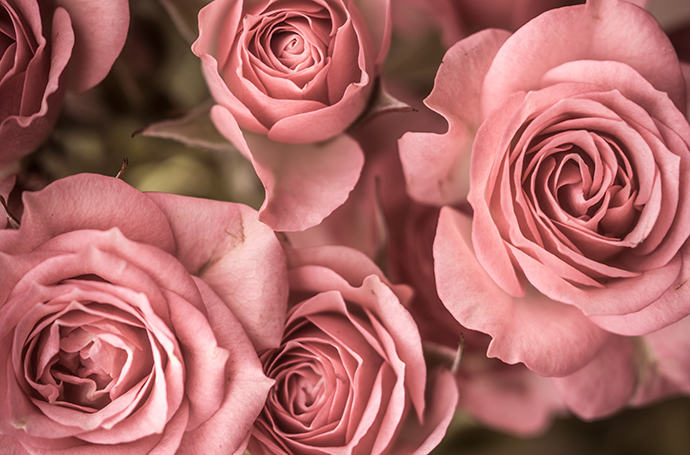
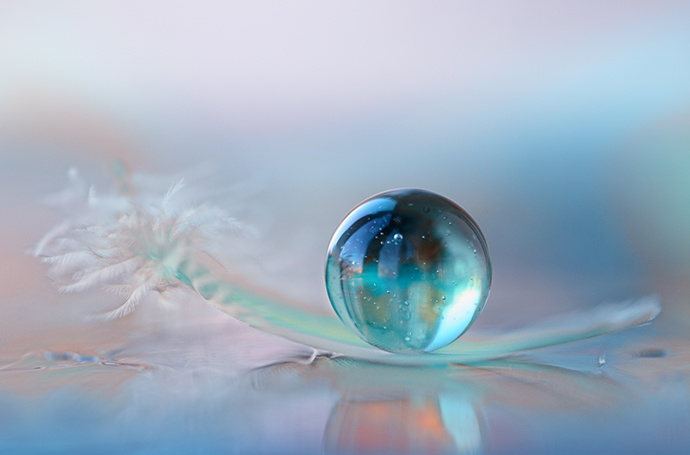
The range of still life photography.
Still life photography has historically been done in classic photo studios or fine arts classrooms. But cameras are changing and so is still life photography. Concannon explains, “In the age of Instagram, everyone is a still life photographer. Now still life is all about developing your own style. And so I would say to break the rules!”
“In the age of Instagram, everyone is a still life photographer. Now still life is all about developing your own style. And so I would say to break the rules!”
Art director and photographer Alex Str says, “There’s a lot of really interesting still life that’s just found out in neighborhoods or out in the wild…a lot of time, the things that are most interesting are the things that you don’t see every day.” Found still life is a new approach that can challenge photographers to use the tools at their disposal to craft a stunning photo. This approach can be impromptu — you never know when you’ll spy the perfect found still life.
Travelling is an exciting opportunity to explore and experiment with found still life photography. Focus on the little details you come across in your travels. Or gather small items from your trip, like brochures and train tickets and make them the subjects of your still life photos later. Honing and clarifying the purpose and intent of your still life is what can make it successful.
Food and product photography are other examples of still life photography. While the purpose of product photos is to document and sell something, the same rules apply: lighting, composition and depth of field all heavily affect your outcome. Consider taking an experimental approach to photographing products as well. Light your products from odd angles or crop in on the label unexpectedly. It could result in a stunning composition.
Tips from professionals.
Before you start your foray into the world of still life photography, consider these tips from industry professionals:
1. Don’t waste time. “If you spend an hour or two taking one still life photo and it’s good enough to move on, then you should usually listen to yourself in that moment,” Str says. “Because a lot of people could get to 80 per cent within that first hour and get something that they’re happy with but that’s not perfect. Then a lot of people will spend the next four hours working on that extra 20 per cent just to make it perfect.” No photographer will ever be truly perfect, but through practice and experimentation, you can improve your skills and get better all the time.
2. Fuel your creativity. Long adds, “Challenge your compositional skills. If you need inspiration, go back to looking at other work. Go dig through magazines.” Inspiration is all around us, so don’t forget to use the resources at your disposal to explore new still life ideas.
3. Get the right tools. “One thing that totally changed my still life photography was shooting objects on a velvet background,” Concannon says. “Not crushed velvet, but real black, blue or red velvet. What that material does is it absorbs light, so you can put your still life subject in direct sunlight, but you won’t see the shadows on the velvet.” Keep experimenting; you might find unexpected tricks that can elevate your still life photography.
Still life photography encompasses many styles — whether it’s a classic subject shot in a studio and reminiscent of Renaissance still life paintings or a grainy image of an abandoned shoe found on the footpath. Be intentional with your choices and still life can be a breeding ground for beautiful photographs and creative ideas. All that’s left is for you to get started.
Contributors
Do more with Adobe Photoshop Lightroom.
Edit photos easily with Lightroom presets, Super Resolution, easily share photos from any device and access your projects anywhere with cloud photo storage management.
You might also be interested in…
Understanding shallow depth of field.
Explore how shallow depth of field can add dimension to your photographs.
How to use and break, the rule of thirds.
Improve your photo composition skills to capture more stunning images.
Discover ways to select the ideal focal length for any and every photo.
Explore the world of culinary photography with advice from industry professionals.



